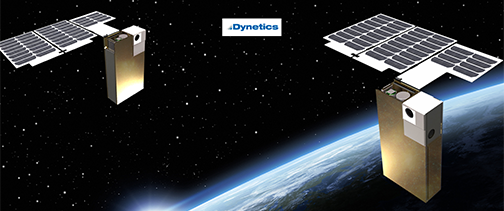
Dynetics has been selected to develop small satellites for the U.S. Army Space and Missile Defense Command/Army Forces Strategic Command (USASMDC/ARSTRAT) Technical Center program named Gunsmoke-L.

Through the Design, Development, Demonstration and Integration (D3I), Domain 1 task order, the Gunsmoke-L contract is for two years, plus one option year valued at $8.3 million, to develop, test, integrate and demonstrate two tactical space support vehicles (TSSVs) which will be used to enhance all phases of joint force operations.
The smallsat-based platforms will host the next generation of tactical space support payloads designed to operate in LEO for a minimum of two years. Dynetics will conduct hardware-in-the-loop testing and simulation in conjunction with the command’s Payload Development Laboratory (PDL) facility at Redstone Arsenal in Huntsville, Alabama, to optimize TSSV performance and reliability. The TSSV will be developed and integrated at Dynetics’ facilities in Huntsville, which include payload development labs, clean rooms and environmental test capabilities. At completion of the two-year base period, the two TSSVs will be qualified and ready for launch.
During the 12 month option period, Dynetics will support on orbit demonstrations using the Technical Center’s smallsat ground control system located at Redstone Arsenal to provide command, control, and communication with the TSSV. Dynetics will work with the Technical Center’s Space and Strategic Systems Directorate, which serves as the developmental spearhead for the command’s advanced Army space support efforts, which include research, development and demonstration of the next generation of tactical space support payloads.
Executive Comment
Mike Graves, Dynetics space systems department manager and Gunsmoke-L program manager, said that complex engineering is where Dynetics got its start. The company has won many civilian space contracts and to move into the military space arena strengthens the firm's portfolio. Dynetics is looking forward to taking on this challenge of creating small satellites that will meet the Department of Defense’s space support goals.

